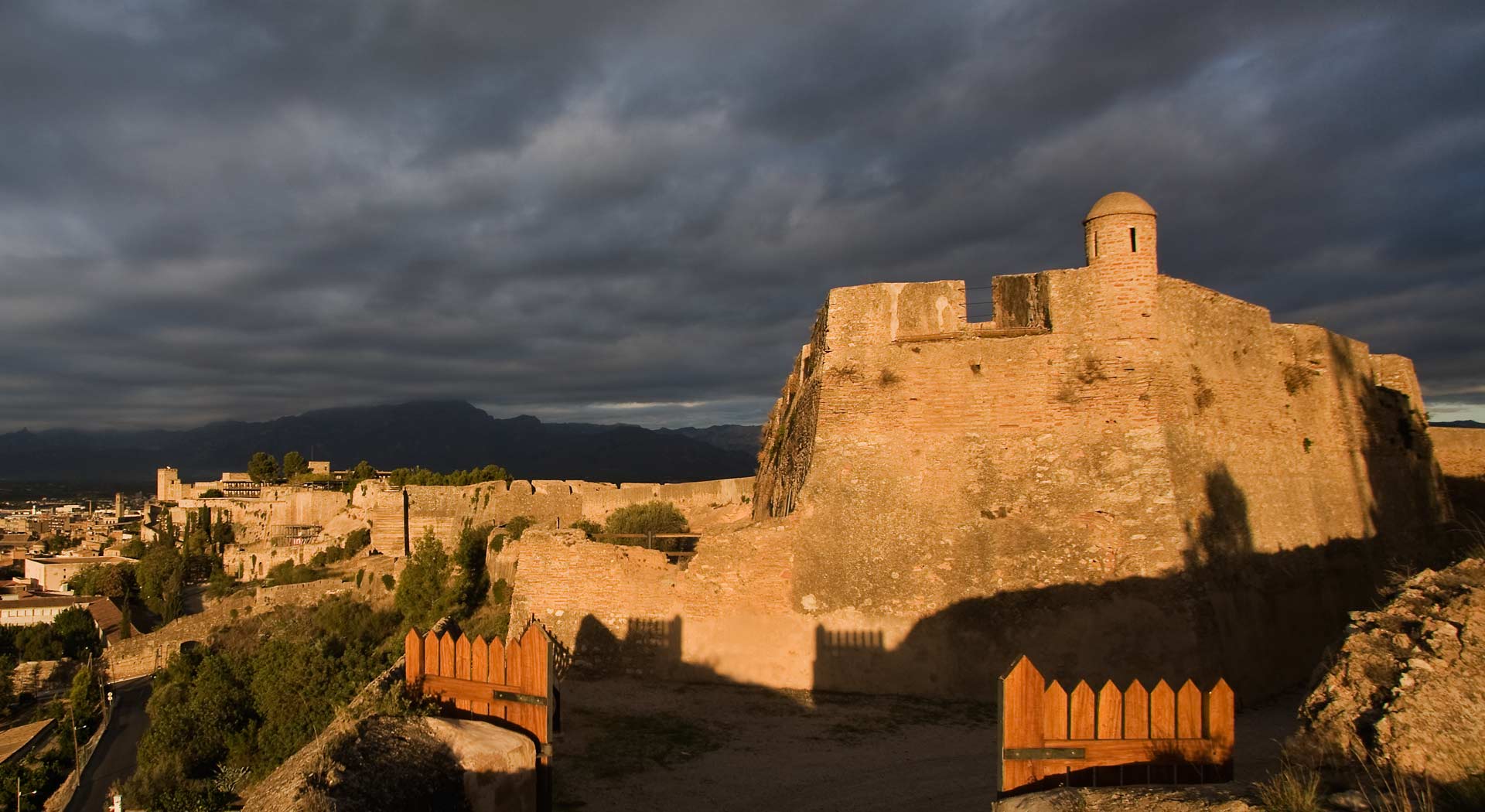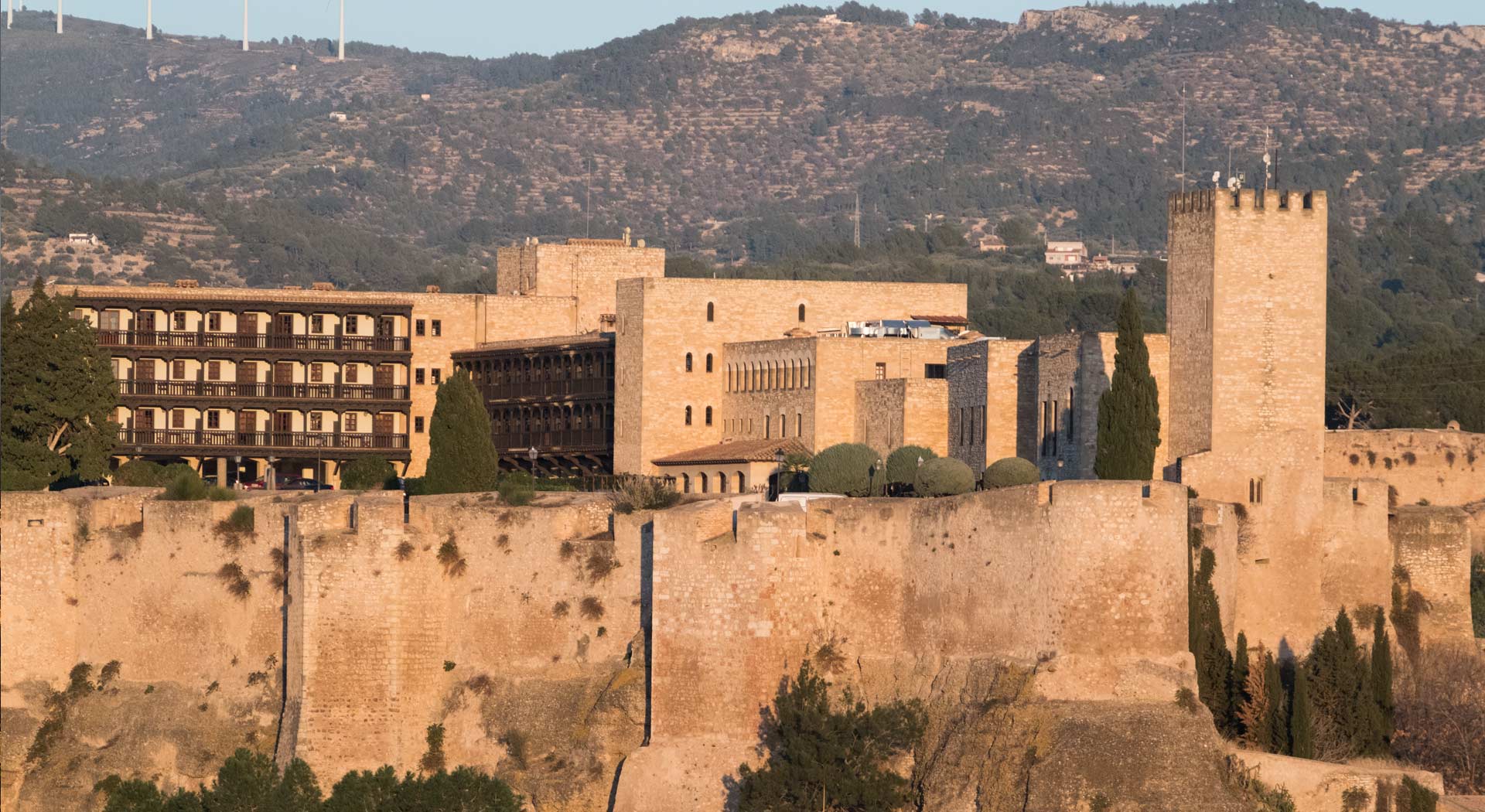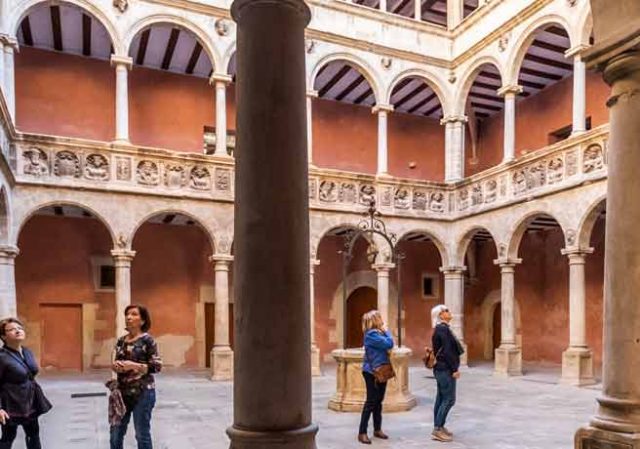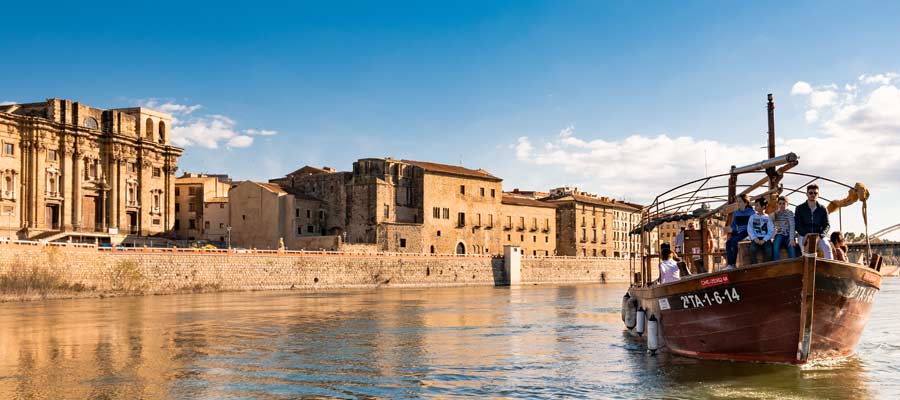The Key to Catalonia


A strategic city
Always protected by strong walls
Since time immemorial, settlers have sought strategic locations in which to found cities; locations close to the resources required to foster trade and dominate the surrounding area. The city and territory occupied by Tortosa historically consisted of the southern entrance to the Principality and featured the only stable means of crossing the last stretch of the river.


More than two thousand years ago, the majestic Iber (Ebro) had not formed the magnificent delta to unite it with the Mediterranean; on the contrary, it formed an estuary that brought the city closer to the sea. The Phoenician and Greek colonies were searching for these two characteristics (proximity to the sea and a means of accessing the interior of the country). Tortosa was founded as Dertosa in Roman times, when it became the capital of this often unknown part of Catalonia. The ancient city of Hibera was probably located not far from Tortosa. The intersection of Via Augusta built by the Romans with the great Spanish river provided the backdrop for the city’s strategic location.



With a 1500-year-old diocese, Tortosa is the seat of a bishop that has provided a link with the lands of northern Valencia and Aragon. Tortosa occupies the central part of the Catalan Countries, which has given it special importance since the Middle Ages, often asserted as an equidistant capital from the three major urban centres of the former Crown of Aragon.


These facts mean that Tortosa has occupied an important position during all historical periods and war conflicts (the Reapers’ War, the War of Succession, the Peninsular War, the Carlist Wars, the Spanish Civil War, etc.). All contenders of conflicts throughout Catalan history, including the Peninsular War, sought to conquer Tortosa as the main objective.










